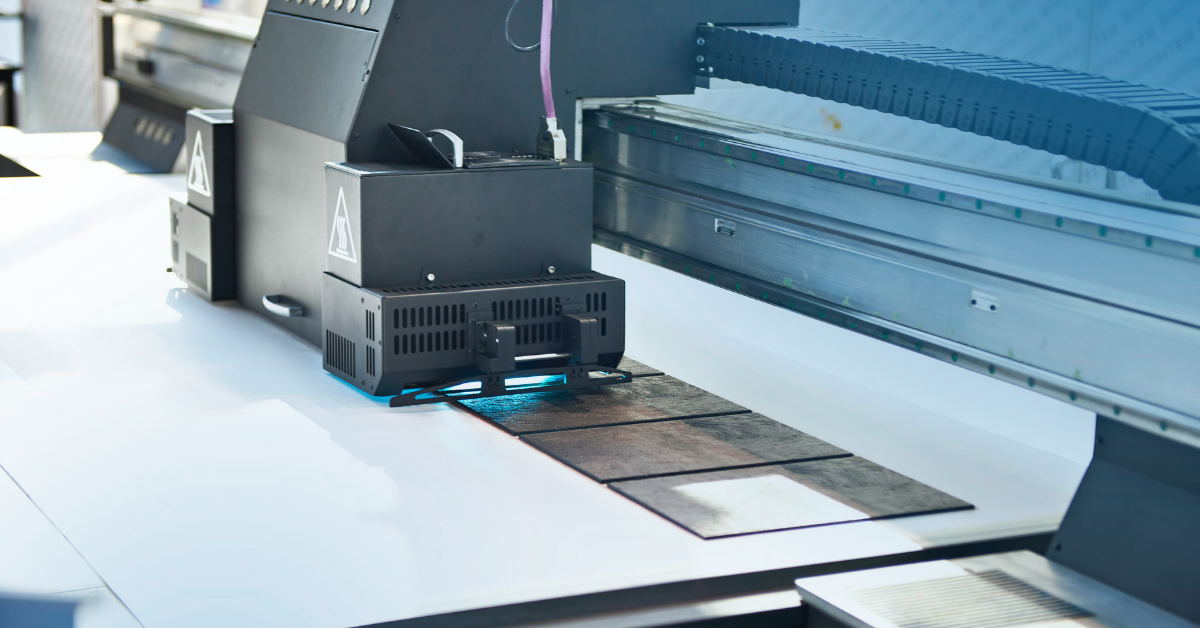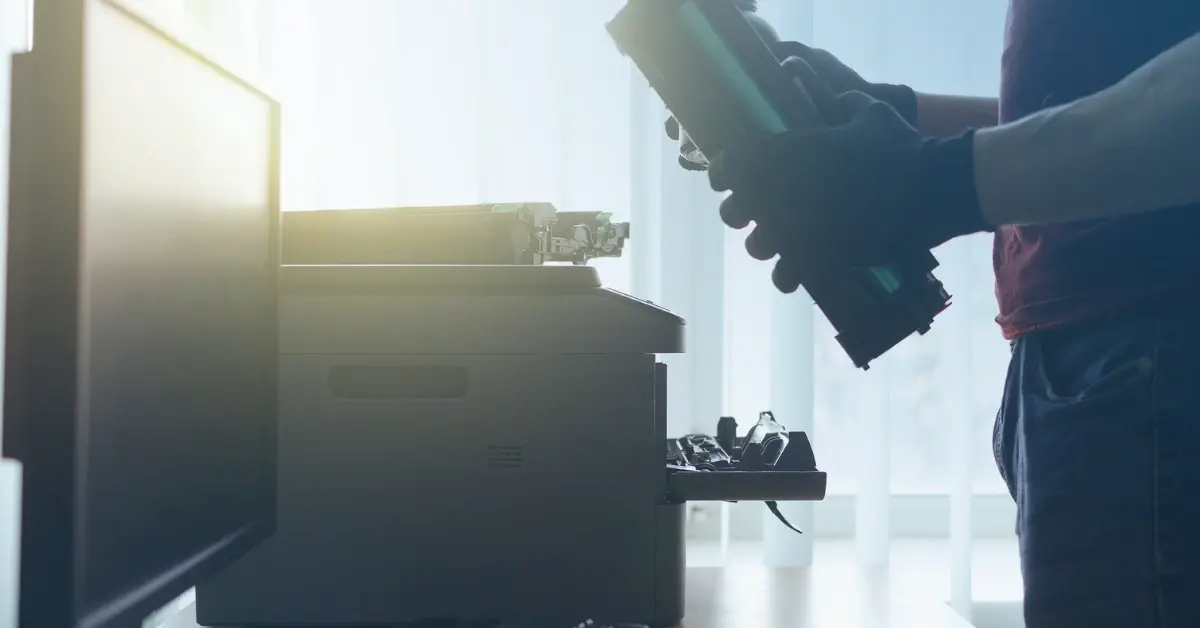Hidden Dangers of Unsecure Printer Firmware in Government Agencies

Government agencies manage the most sensitive documents of the individuals within their constituencies. These documents range from birth certificates to social security numbers and tax forms, to check payments to the most vulnerable segments of society. Hence, the public expects a high level of security for whatever document management processes the government utilizes. With every document management process, creating new documents or making copies of existing documents using printers come with specific hidden dangers. Like sharks in muddy water, these hidden dangers may not be visible to the average government employee, but fraudsters can smell them a mile away. So, what exactly are the dangers of printing sensitive documents within government agencies?
Unsecure Printer Firmware: A critical Loophole
A major hidden danger when using printers to create sensitive documents is the use of printing equipment with unsecured firmware or outdated firmware. Here, firmware refers to tools or solutions that transfer instructions to your printers to ensure they take certain actions. For example, clicking the ‘start print’ gets the firmware to send the relevant instructions needed to get the printing process started. Your printer’s firmware maintains this communication or transfer of information every time you use its control buttons.
Firmware may also serve as a storage platform for sensitive information such as the user authentication credentials and encryption keys that protect the printer. So, imagine the hidden dangers or loopholes that can be exploited if your printer firmware is outdated. If that’s hard to imagine, here are the hidden dangers:
- Latent Surveillance Opportunities – Successful invasions of your firmware give hackers a foothold into the entire chain of devices handling your check and document printing process. Depending on the intent of the hacker, this foothold can either be employed to observe your printing processes to capture user authentication credentials, monitor everyday activities, or steal the data of your constituents over extended durations. Once operational habits are understood, the hacker may decide when to strike to exact the maximum financial loss they can extract from government agencies.
- Infiltrating Device Communication – A single printer or connected device with outdated or unsecured firmware provides inroads for hackers to infiltrate your agency’s entire check and document printing systems alongside other interconnected IT systems. Once infiltrated, the hacker sees everything on your computer screen including login details, check designs, document designs, certifications, payroll documents, and other sensitive information from your constituents. The hacker may then manipulate these documents or steal people’s identities to commit crimes.
- Access to Attack Hardware – Unsecured Firmware translates into security gaps for hardware drivers and chips within check and document printers. Hackers can exploit these gaps to install malware or leverage direct memory access (DMA) functionality to compromise your printers. Real-world examples of these dangers include the MOVEit breach that hackers exploited to access hundreds of government agencies such as the energy department.
How TROY Solutions Help You Eliminate the Hidden Dangers of Unsecure Firmware
Where hidden dangers lurk, the solutions to countering them must target the root cause of these vulnerabilities. In this case, the root cause is the use of check and document printing devices with outdated firmware and TROY Solutions provide extensive security features to secure your firmware.
TROY MICR printers integrate the use of automation to implement continuous end-to-end firmware updates to secure your check printing processes. Leveraging automation eliminates the possibility of human errors and forgetfulness that may come from manually implementing updates. The tray locking feature of the MICR printer provides an extra layer of security in scenarios where a breach may have occurred. The tray lock feature restricts login attempts to a specified number and proceeds to lock the printer or account to forestall further activities. Locking trays protect sensitive documents and checks from internal and external fraudulent activities.
Leveraging the security that MICR technology provides also safeguards government agencies from successful firmware hacking attempts. In this scenario, hackers may have gained remote access to specific hardware but will require physical access to MICR toners and specific MICR printers to successfully print cashable checks.
TROY monitoring solutions also provide government agencies with an eye in the sky to protect sensitive documents from internal fraud. TROY IntegriCheck™ system is built with a visualization camera to monitor document printing processes for errors or internal fraud. Although it may not be built to discover firmware loopholes, the ability to actively monitor your printing process in real-time provides insight into how employees utilize your printing hardware. The monitoring system ensures accountability and enable the discovery of errors that may be eliminated before they may be exploited.
Getting Started with Protecting Your Agency
TROY Group offers government agencies fraud-resistant technologies and monitoring solutions to ensure your check and document printing process is secure from the dangers of using outdated firmware. You can learn more about the solutions we offer or seek further support to secure the document printing processes your agency uses by speaking with our professionals today.
Related Posts

What is UV Printing? UV Curable Inks for Packaging
Ultraviolet, or UV printing is an advanced digital technology that cures specially designed inks using UV light. This process creates sleek, vibrant designs that dry instantly,..

Here's How to Beat Upcoming Postage Rate Increases
In 2024, a notable increase in postage costs became a reality. With postage increases expected to occur multiple times a year, it's important to be prepared for what's coming.

What is MICR Toner? A Guide for Check Printing
What is MICR? MICR stands for Magentic Ink Character Recognition, and it plays a critical role in check printing. If you're printing checks for your business, you should always be..



Leave a Reply